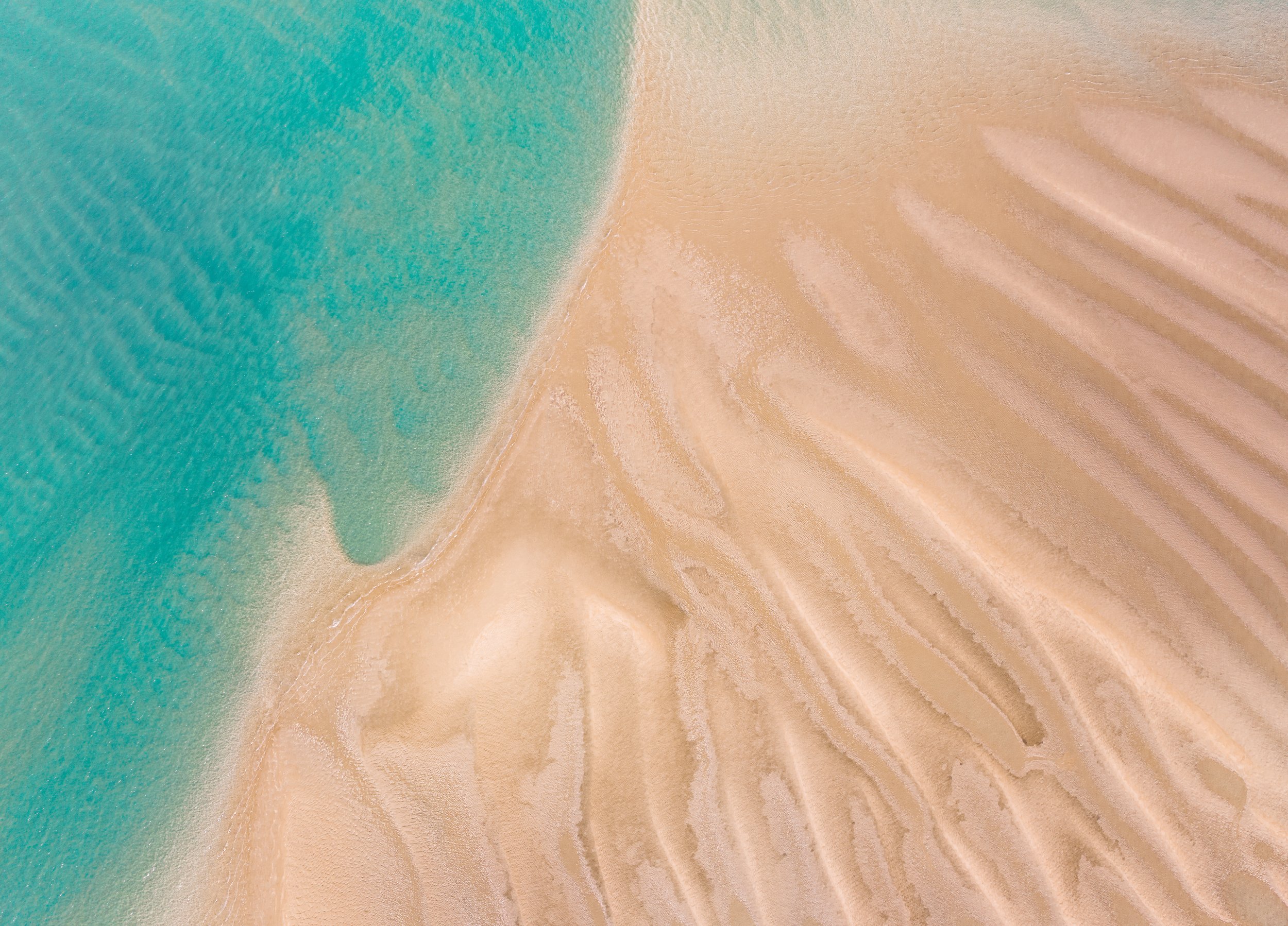
K’gari World Heritage-listed
In 1972 UNESCO adopted the World Heritage Convention to protect special places for all humanity. K’gari was World Heritage-listed by UNESCO in 1992 in recognition of its natural values.
The official citation pays tribute to the island's "exceptional natural beauty" and refers to "over 250km of sandy beaches with long, uninterrupted sweeps of ocean beach, with more than 40km of strikingly coloured sand cliffs, as well as spectacular dune blowouts and ocean surf beaches; tall rainforests growing on low nutrient sands; perched dune lakes including both clear "white water" lakes and dark "black water" lakes; banksia woodlands, heath, patterned swampy fens and sheltered mangrove areas in a spectacular "mosaic landscape."
K’gari provides a globally significant example of geological processes and biological evolution, including complex coastal dune formations that are still evolving; an array of lakes that is exceptional in terms of number, diversity, age and the evidence of dynamic and developmental stages; and outstanding examples of ecosystems that have developed in response to maritime conditions and poor soils in coastal dune formations.
The whole of the island is part of Great Sandy National Park (other than freehold areas such as townships) and is protected under the Nature Conservation Act 1992 and the Recreation Areas Management Act 2006 to the low water mark.
Why is Fraser Island called K'gari?
The name 'K'gari', which translates to 'paradise', is the original name given by the traditional owners of the land - the Butchulla people. In late September 2021, it was announced that the World Heritage-listed Area within the Great Sandy National Park, along with the surrounding waters, would be renamed 'K'gari'.